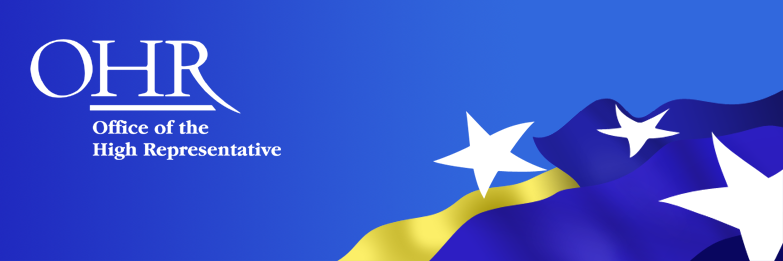The context in which a video showing Paddy Ashdown handling weapons that was aired during the trial of former Yugoslav President Slobodan Milisevic at the ICTY yesterday has deliberately been misrepresented.
The videos in question were taken during a visit Lord Ashdown made to Yugoslavia in September, 1998. Lord Ashdown was visiting Kosovo as an official envoy of the UK Government and in full agreement of the Belgrade authorities, from whom he had earlier received a visa.
On September 28, accompanied by officials from the British Embassy in Belgrade , a UNHCR field officer, and a BBC crew, Lord Ashdown visited a number of villages near Malisevo and the Suva Reka region. During this trip they passed a small group of KLA soldiers, where part of the video aired yesterday was probably shot.
Later on, they stopped in a village where several Albanians showed them sweapons that they had gathered in order to hand over to the Serb military. This is where the other part of the video was shot.
The villagers claimed that this was part of an extortion racket. According to the villagers, the Serb military went to seperate villages, demanding that the villagers hand over their weapons. If they did not have any, the Serbs would threaten to destroy the villages. The villagers said that they were then forced to purchase the weapons on the black market. In some cases the Serbs then left the village in peace, but in many they burnt it anyway. The Serbs then sold the weapons back on to the black market so that the next village they threatened had enough weapons to buy.
The weapons shown in the video were mostly Chinese replicas of the Russian Kalashnikov and Simonov assault rifles. Three were immediately unusable, two would have had to be cleaned before being serviceable and the rest were rusted and beyond use.
Commenting on the video, Lord Ashdown said: “Mr. Milosevic has shown that old habits die hard: that he peddles in half-truths for his own political survival is well known. It has helped him pull the wool over the eyes of many during the last two decades.”
The details of this visit are in the public domain and have been published in ‘The Ashdown Diaries’ Volume II.













